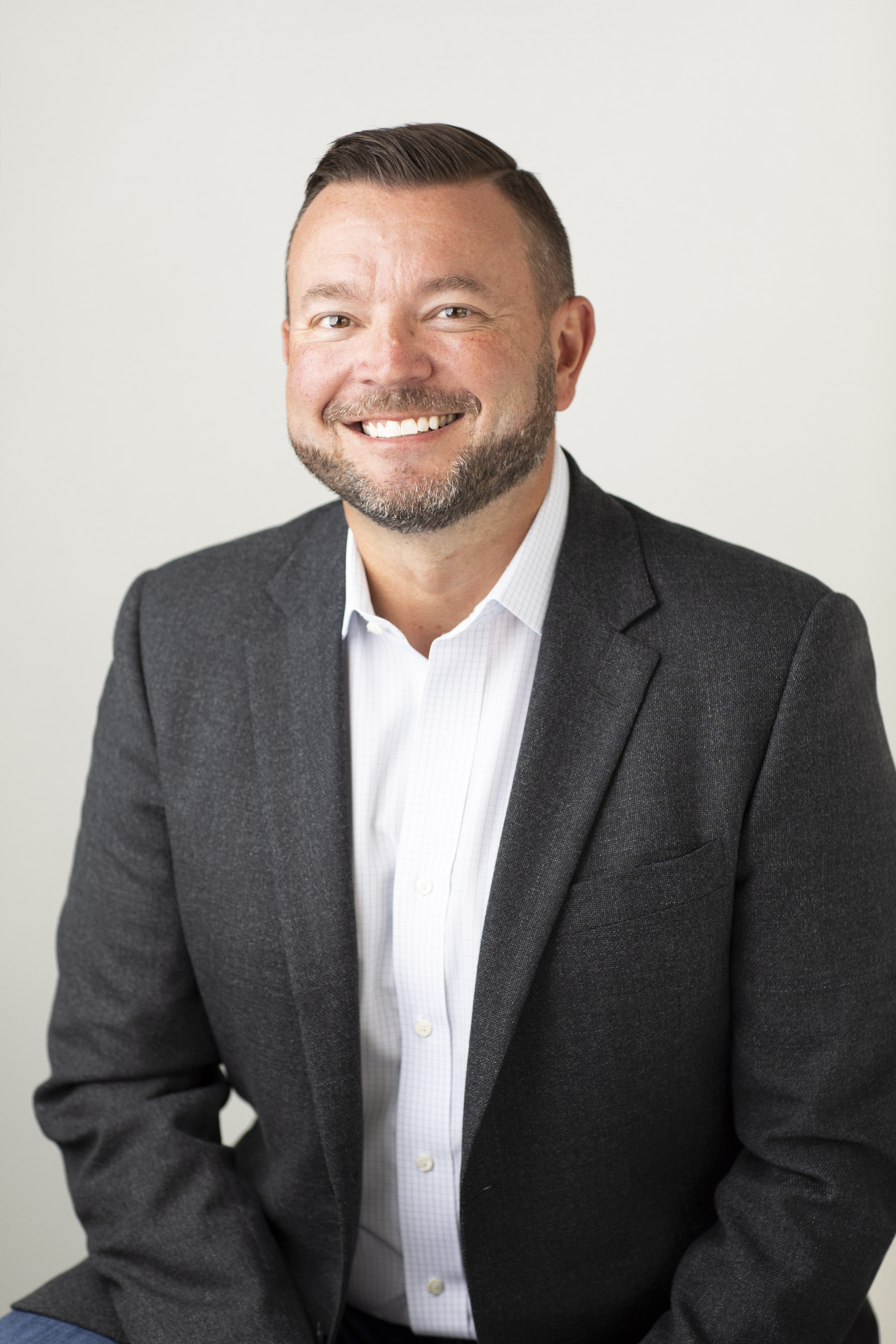 With all of the media coverage surrounding the Affordable Care Act (aka Obamacare), it’s easy to lose sight of the fact that we have a real crisis in America with health and health care costs. It’s widely known that obesity and diabetes rates have doubled in the last 15 years and that costs are tracking up along with these trends. Any organization doing a deep dive on their health claims costs realizes that the Pareto Principle is alive and well. It’s likely 20% of their employees or family members are incurring 80% of their costs, and that 80% of those costs are directly related to conditions linked to lifestyle choices.
With all of the media coverage surrounding the Affordable Care Act (aka Obamacare), it’s easy to lose sight of the fact that we have a real crisis in America with health and health care costs. It’s widely known that obesity and diabetes rates have doubled in the last 15 years and that costs are tracking up along with these trends. Any organization doing a deep dive on their health claims costs realizes that the Pareto Principle is alive and well. It’s likely 20% of their employees or family members are incurring 80% of their costs, and that 80% of those costs are directly related to conditions linked to lifestyle choices.
Several years ago the National Institute of Health put out this comment: “If we could get Americans to do just three things:
- Stop using tobacco products
- Stop drinking to excess
- Not be obese
We could eliminate over 87% of all disease in the United States.”
Yet as I sit here today with my colleague Jerry Scott discussing this, our thoughts aren’t about financial risk but about the risk of poor health to the effectiveness and happiness of our team members and the team members of our clients and friends. There are behavioral, performance, and even opportunity costs tied to these health problems.
And I know from personal experience that managing your health isn’t easy. Jerry has made personal mastery a big part of his life for a long time. He recalled an article several years ago in Fast Company magazine described as Change or Die!
“What if you were given that choice? For real.” asked Jerry. “What if a doctor said you had to make tough changes in the way you think and act – or your time would end soon? Could you change? The scientifically studied odds are nine to one. That’s nine to one against you!”
Wow! So if a doctor told me I was going to die prematurely unless I changed my habits the odds of my successful change are nine to one against? Given that, what are the odds of my changing just because I think it’s a good thing to do or because Mrs. Leman noticed my extra belt notch and gently commented on it?
What’s The Risk?
If we don’t change our bad habits, we will die. Physically, emotionally, and professionally.
As the leader of a company, I think I ultimately come down on the side that it’s my responsibility to model an example of healthy living that centers on personal mastery and personal accountability. It’s dicey in America telling people what to do with their personal life or how to live, but I can start with myself and I can certainly start with setting an expectation for my company’s other leaders. While I don’t have the belt notch issue figured out yet, I work out every day and very rarely drink soda pop.
“One of the most impactful and interesting books in recent memory on this subject is The Power of Full Engagement, Managing Energy, Not Time, Is the Key to High Performance and Personal Renewal by Jim Loehr and Tony Schwartz,” said Jerry. “They believe and teach that performance, health, and happiness are grounded in the skillful management of energy. To be fully engaged, we must be physically energized, emotionally connected, mentally focused, and spiritually aligned with a purpose beyond our immediate self-interest. They offer actionable strategies on managing and optimizing physical, emotional, mental, and spiritual energy specifically tailored to high performance professionals or ‘Corporate Athletes’ as they call them.”
Jerry shared from the chapter on Physical Energy: Fueling the Fire:
“In reality, physical energy is the fundamental source of fuel, even if our work is almost completely sedentary. It not only lies at the heart of alertness and vitality but also affects our ability to manage our emotions, sustain concentration, think creatively, and even maintain our commitment to whatever mission we are on. Leaders and managers make a fundamental mistake when they assume that they can overlook the physical dimension of energy and still expect those who work for them to perform at their best.”
That really hit home for me. I am a high energy guy. It’s served me well over the years. But even I notice a difference in energy level at age 39 versus age 29. (I’m sure my senior partners are smiling with delight to hear me admit that). I know I can no longer eat poorly and get away with it from an energy standpoint. And I have to exercise daily. I just feel so much better mentally and physically.
As Jerry says, “Physical health and vitality is something that can be proactively managed. In a sense, it’s no different than your personal finances.”
In a future blog, Jerry is going to help me provide more detail on some specific physical energy strategies that have worked for him. Until then, I’ll keep hitting the treadmill in the mornings and avoiding Diet Coke!



